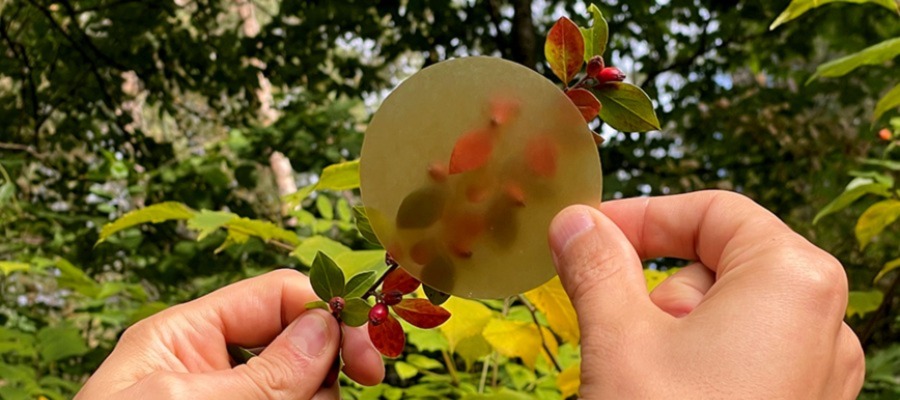‘Degradability enables circularity.’
Researchers at the KTH Royal Institute in Stockholm, Sweden, have developed a degradable plastic with a high fibre content, which they say could be used in home furnishings and construction materials.
Publishing their work in the journal Nature Communications, the researchers say that composites, based on lignocellulosic plant fibre, have the potential to replace fossil-based materials used in the home for products such as bathroom cabinets and countertops. Unlike thermoplastic the new material could be broken down without impacting the environment. In addition, wood-based biodegradable plastics would not only contribute to the circular economy but also provide storage for carbon dioxide.
High-fibre content is key to the strength of the material. However one of the challenges with bio-composite materials is the difficulty of extracting polymer and fibre constituents for end-of-life recycling without inflicting intensive heat damage from processes like melt-compounding.
A new way to deliver the desired outcome would be to combine plant fiber or nanocellulose networks with a comparably low content of hydrolysable polymer matrix suitable for chemical recycling, the researchers said. By combining polymer chemistry with process technology similar to that used in for carbon fiber composites, a high fiber content was achieved.

Peter Olsén, a researcher at KTH, holds up a sample piece of a new degradable plastic from wood. “These new materials, because of their high fiber content and degradable, matrix could be a game changer for a future circular material economy," he says. (Photo: courtesy of Peter Olsén).
‘Degradability enables circularity,’ said Peter Olsén, a researcher at KTH Royal Institute of Technology, Department of Fibre and Polymer Technology. ‘By degrading the plastic, the fibres can be recycled and the chemical components from the plastic reused.’ The research team found that they were able to deliver both high fibre content and degradability, using feedstock based on cheap and available raw materials. In addition it is reported that the degradation products are harmless to the environment and can be reused, leading to what Olsén calls ‘a fully circular product concept.’
‘No one has been able to make a degradable plastic with fibre content this high before, while having good dispersion and low fibre damage. This enabled the material properties to be improved dramatically compared with previous attempts,’ Olsén said. The researchers are now optimising their process and formula in order to move the composite product to commercialisation.
